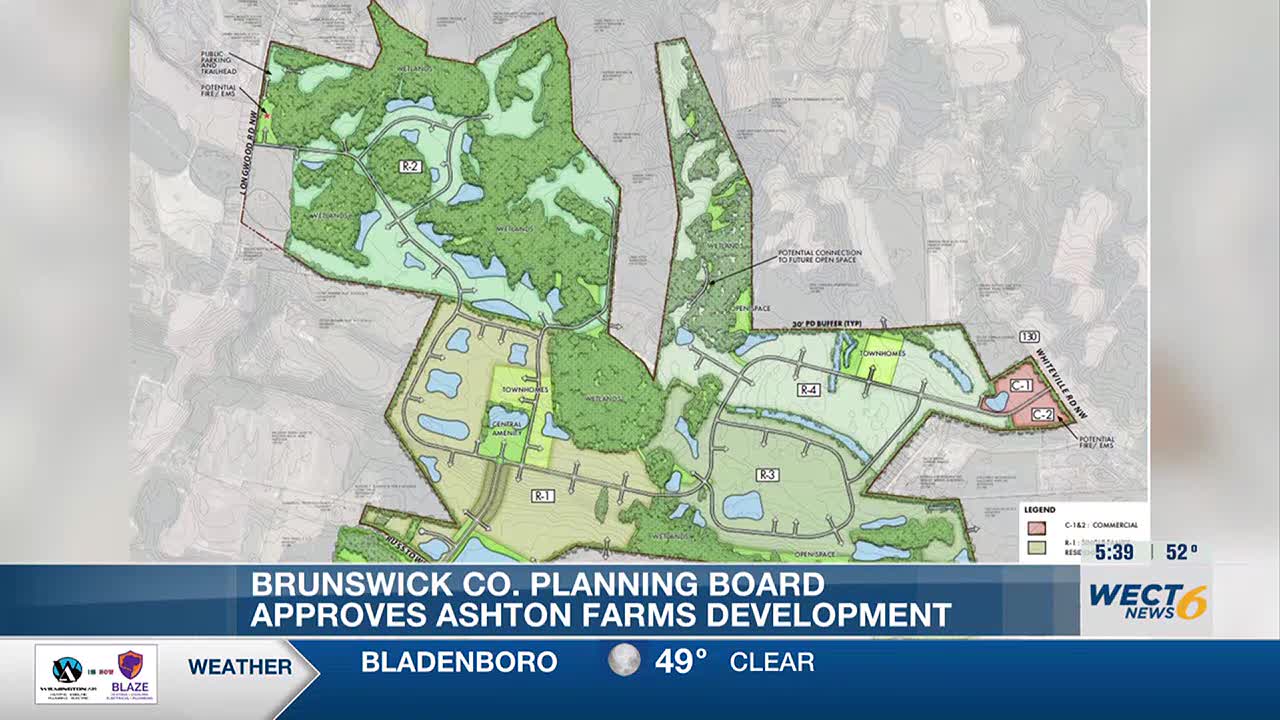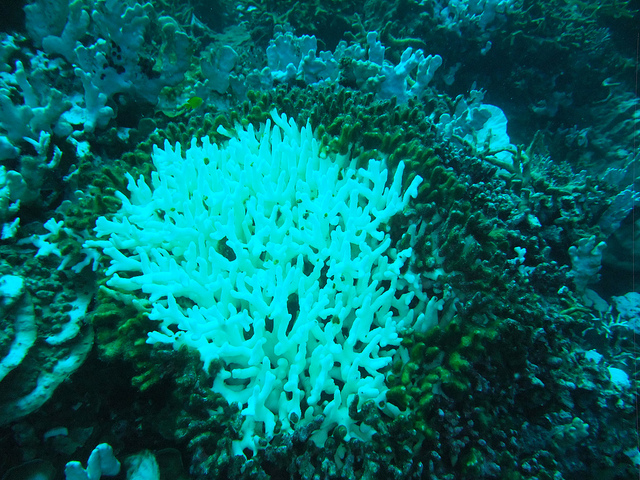N.C. Marine Fisheries Commission to Deliberate on Sustainable Southern Flounder Management
Advancing Sustainable Development Goal 14: Life Below Water
The North Carolina Marine Fisheries Commission is scheduled to vote on a proposal that directly addresses the principles of Sustainable Development Goal 14 (Life Below Water). The decision concerns accelerating the implementation of a revised management strategy for Southern flounder to ensure the conservation and sustainable use of this vital marine resource.
- The commission will vote on Amendment 4 to the Southern Flounder Fishery Management Plan during its August 20-21 meeting.
- If approved, the amendment would expedite the transition to a 50/50 harvest allocation between the commercial and recreational fishing sectors, moving the target from 2026 to the current year.
- This action aligns with SDG Target 14.4, which calls for regulating harvesting and ending overfishing to restore fish stocks to sustainable levels. The accelerated timeline aims to more rapidly achieve a biologically sustainable harvest.
Balancing Economic Viability and Resource Conservation
The proposed changes reflect a commitment to balancing ecological health with economic stability, a core tenet of both SDG 8 (Decent Work and Economic Growth) and SDG 12 (Responsible Consumption and Production). The allocation framework directly impacts the livelihoods dependent on this fishery.
- By establishing a clear and sustainable harvest structure, the commission aims to secure the long-term economic viability of both commercial fishing enterprises and the recreational fishing industry, which supports local economies.
- This management approach promotes responsible production patterns within the fishing industry, ensuring that Southern flounder can be harvested sustainably for future generations.
Commission Meeting and Public Engagement Schedule
In support of transparent and inclusive decision-making, the commission has outlined a schedule for public participation.
- The meeting will commence at 1:00 p.m. on August 20, with a public comment period scheduled for 6:00 p.m.
- The session will resume at 9:00 a.m. on August 21, beginning with an additional public comment period.
- Written public comments will be accepted until August 18.
Additional Agenda Items for Sustainable Marine Resource Management
The commission’s agenda includes several other items critical to the comprehensive and sustainable management of the state’s marine ecosystems, further supporting SDG 14.
- A vote on setting the annual cap for Standard Commercial Fishing Licenses available through the eligibility pool.
- Election of a new vice chair for the commission.
- Preliminary discussions on issues for Draft Amendment 5 to the flounder management plan.
- Updates on the management and status of the state’s sheepshead and black drum fisheries.
- A review of striped bass harvest closures in the Neuse and Tar/Pamlico river systems.
Relevant Sustainable Development Goals (SDGs)
-
SDG 14: Life Below Water
This goal is central to the article, which focuses entirely on the management of marine fisheries. The text discusses the regulation of Southern flounder harvests, management plans for sheepshead and black drum, and harvest closures for striped bass, all of which are direct actions related to conserving and sustainably using marine resources.
-
SDG 12: Responsible Consumption and Production
The article addresses the sustainable management of natural resources, a key component of SDG 12. The N.C. Marine Fisheries Commission’s actions, such as creating a “Southern Flounder Fishery Management Plan” and setting an “annual cap for Standard Commercial Fishing Licenses,” are measures to ensure the long-term viability and responsible use of fish stocks.
-
SDG 16: Peace, Justice and Strong Institutions
The article highlights the role of an effective and inclusive institution, the “N.C. Marine Fisheries Commission.” The process described, which includes scheduled meetings, public comment periods, and the online availability of agendas and materials, demonstrates a commitment to responsive, participatory, and transparent decision-making at a state level.
Specific Targets Identified
-
Target 14.4: End overfishing and restore fish stocks
This target aims to “effectively regulate harvesting and end overfishing… and implement science-based management plans, in order to restore fish stocks.” The article directly reflects this through the discussion of “Amendment 4 to the Southern Flounder Fishery Management Plan,” which aims to regulate the harvest by adjusting the allocation between commercial and recreational sectors. Furthermore, the mention of “updates on the state’s sheepshead and black drum fisheries, and a review of striped bass harvest closures” points to ongoing efforts to manage and restore various fish stocks.
-
Target 12.2: Achieve the sustainable management and efficient use of natural resources
The commission’s work to establish a “50/50 split between commercial and recreational harvests of Southern flounder” and to “vote on setting the annual cap for Standard Commercial Fishing Licenses” are direct examples of implementing policies for the sustainable management and use of a natural resource (fish stocks).
-
Target 16.7: Ensure responsive, inclusive, participatory and representative decision-making
The article illustrates this target by describing the commission’s operational procedures. It explicitly states that the meeting will include “public comment at 6 p.m.” and another “public comment period” the next day. The ability for the public to submit “Written comment… through Aug. 18” and the availability of a “full agenda, briefing materials, and the livestream link” on the commission’s webpage are clear evidence of an inclusive and transparent decision-making process.
Indicators for Measuring Progress
-
Indicator for Target 14.4 (Proportion of fish stocks within biologically sustainable levels)
The article implies the use of this indicator through its focus on fishery management plans and harvest regulations. The creation of “Draft Amendment 5 to the flounder plan” and the “review of striped bass harvest closures” are actions taken based on assessments of the health of these fish stocks. The ultimate goal of these management plans is to ensure the fish populations are at sustainable levels.
-
Indicator for Target 12.2 (Domestic material consumption, material footprint)
While not a direct measure of consumption, the article implies a focus on sustainable resource management through specific policy tools. The “50/50 split” in harvest allocation and the “annual cap for Standard Commercial Fishing Licenses” serve as quantifiable measures (indicators) of how the state is managing the extraction of this natural resource to ensure its sustainability.
-
Indicator for Target 16.7 (Proportions of positions in public institutions)
The article provides indicators for participatory and inclusive decision-making. The existence of scheduled “public comment” periods, the option for “Written comment,” and the public accessibility of “briefing materials” and a “livestream link” are all tangible indicators that can be tracked to measure the level of public participation and transparency in the N.C. Marine Fisheries Commission’s processes.
Summary of Findings
| SDGs | Targets | Indicators |
|---|---|---|
| SDG 14: Life Below Water | Target 14.4: By 2020, effectively regulate harvesting and end overfishing… and implement science-based management plans, in order to restore fish stocks. | The implementation and amendment of fishery management plans (e.g., “Amendment 4 to the Southern Flounder Fishery Management Plan”) and specific harvest regulations (“striped bass harvest closures”). |
| SDG 12: Responsible Consumption and Production | Target 12.2: By 2030, achieve the sustainable management and efficient use of natural resources. | Specific management measures such as the “50/50 split between commercial and recreational harvests” and the “annual cap for Standard Commercial Fishing Licenses.” |
| SDG 16: Peace, Justice and Strong Institutions | Target 16.7: Ensure responsive, inclusive, participatory and representative decision-making at all levels. | The provision of multiple “public comment” periods, acceptance of “Written comment,” and the public availability of meeting agendas, briefing materials, and a livestream link. |
Source: islandfreepress.org







